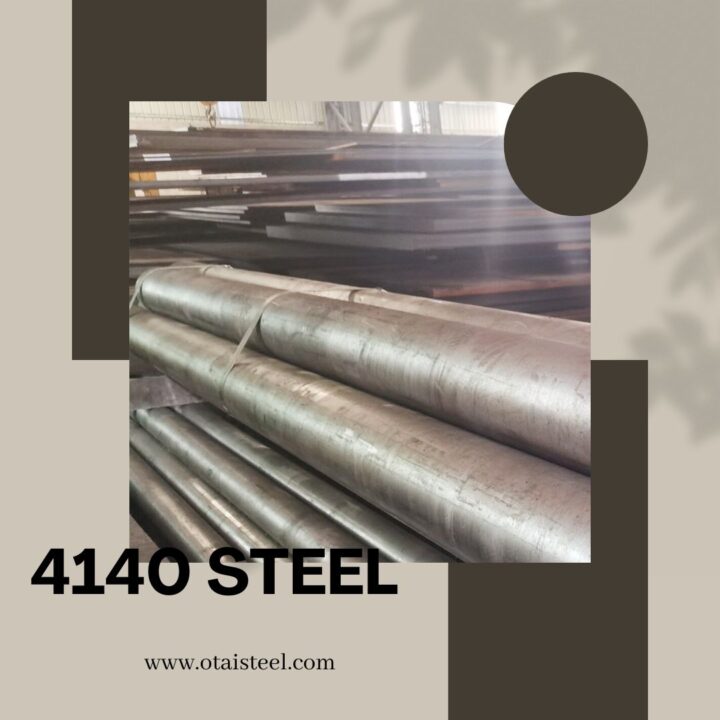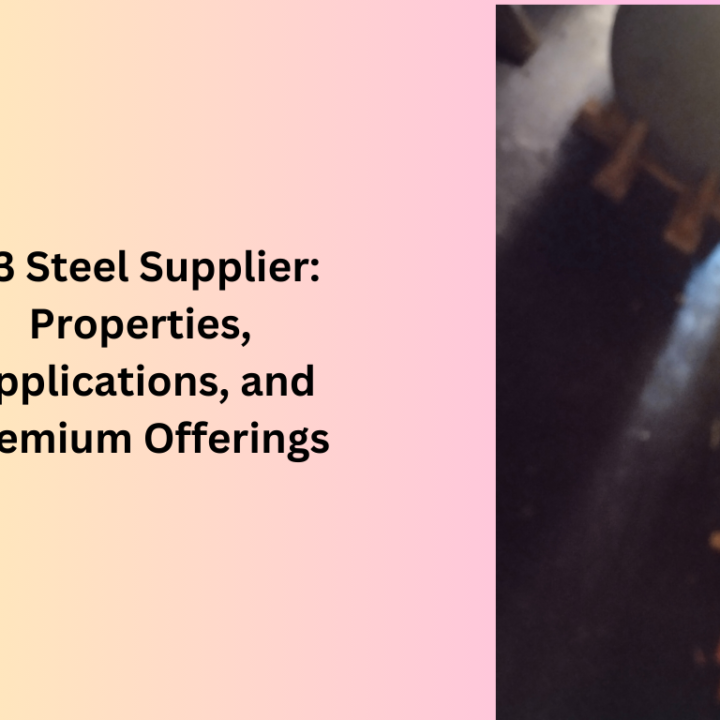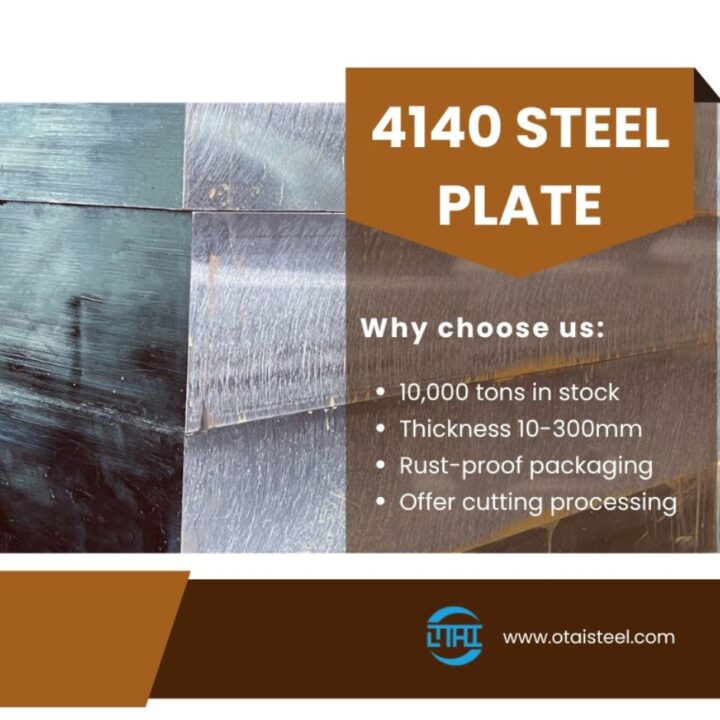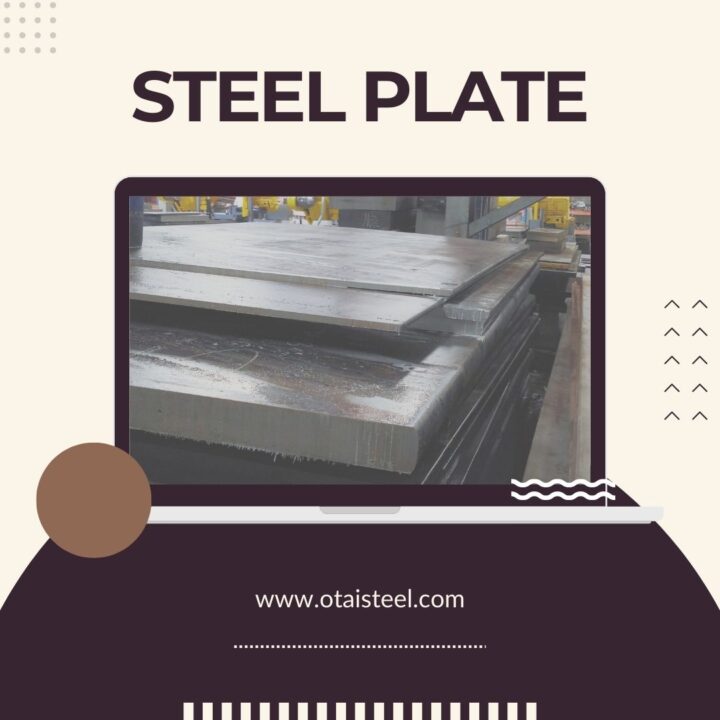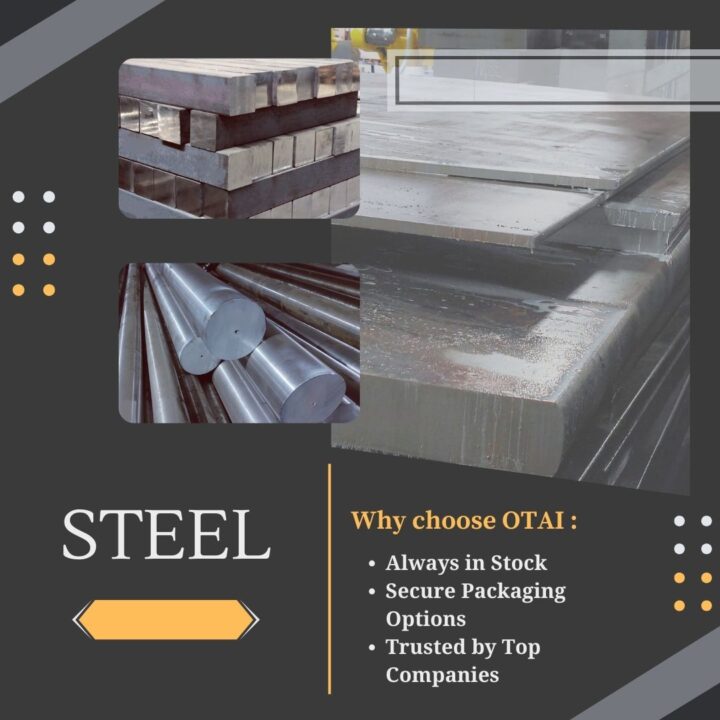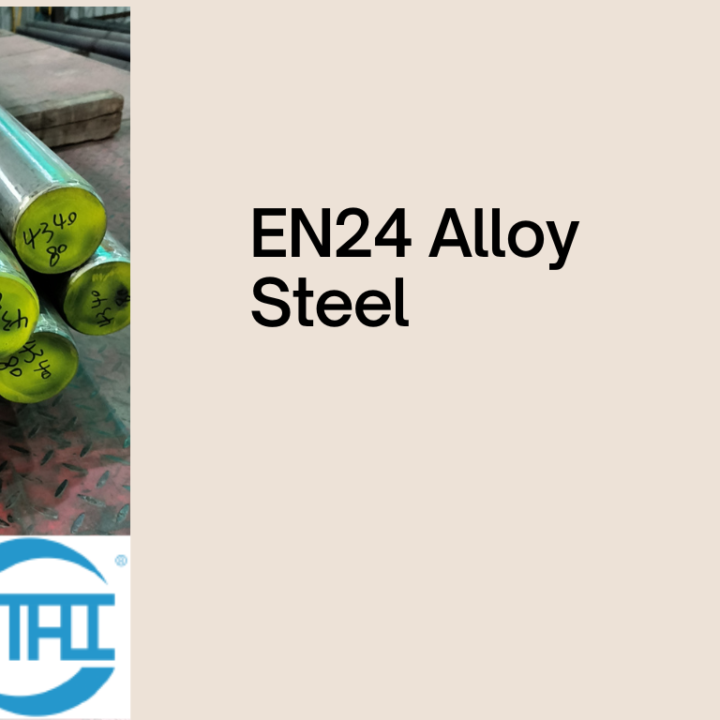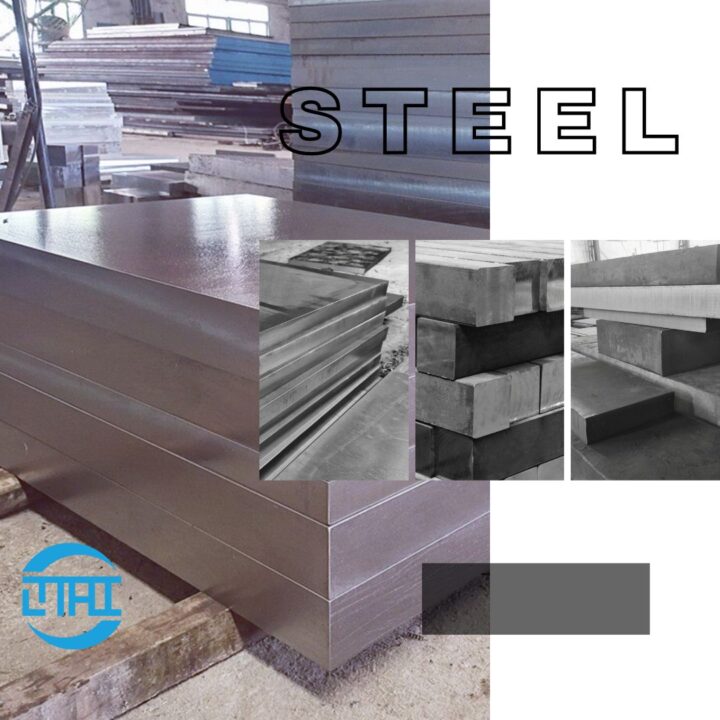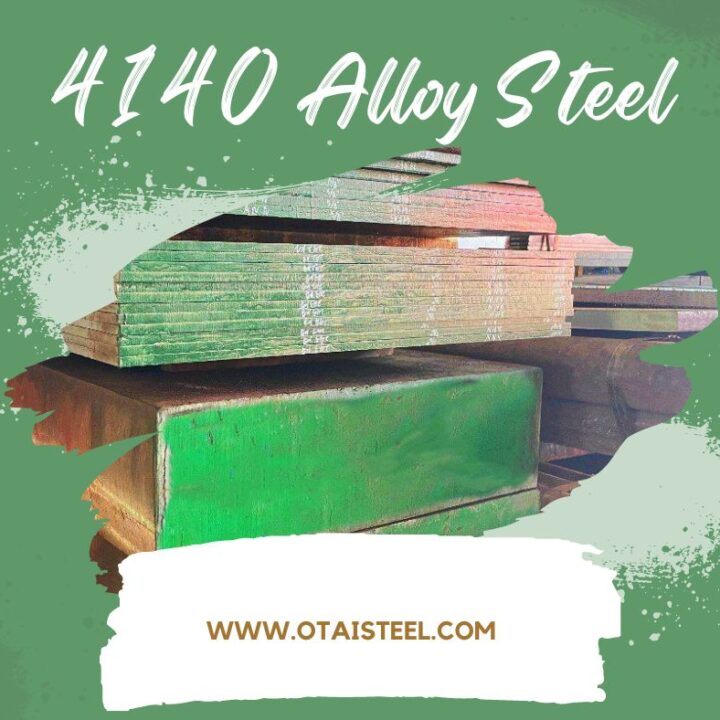The 4140 steel plate specification outlines the unique characteristics that set this steel plate apart. These specifications encompass various aspects, including chemical composition, mechanical properties, heat treatment, and tolerances.
Composition and Material Properties
The composition of the 4140 steel plate includes:
- Carbon (C): Approximately 0.38% – 0.43%
- Manganese (Mn): 0.75% – 1.00%
- Silicon (Si): 0.15% – 0.35%
- Chromium (Cr): 0.80% – 1.10%
- Molybdenum (Mo): 0.15% – 0.25%
These alloying elements contribute to the plate’s excellent strength, toughness, and wear resistance.
Mechanical Properties
- Tensile Strength: 655 MPa (Megapascals) minimum
- Yield Strength: 415 MPa minimum
- Elongation: 20% minimum
These properties make the 4140 steel plate suitable for high-stress applications.
Heat Treatment and Hardenability
The 4140 steel plate can be heat treated for enhanced properties. It responds well to quenching and tempering, resulting in a balance between hardness and toughness. This heat treatment process ensures that the plate retains its strength while maintaining a certain level of ductility.
Surface and Dimensional Tolerances
The 4140 steel plate comes with specific surface and dimensional tolerances to meet industry standards. These tolerances ensure consistency in thickness, flatness, and parallelism.
Applications and Suitability
The 4140 steel plate finds its application in various industries:
- Aerospace: Aircraft components, landing gear, and critical parts benefit from its high strength and durability.
- Automotive: Gears, shafts, and crankshafts require the plate’s exceptional toughness and fatigue resistance.
- Oil and Gas: Components in drilling equipment and machinery demand the plate’s wear resistance and load-bearing capabilities.
Advantages of Choosing 4140 Steel Plate
- Versatility: The plate’s combination of strength, hardness, and toughness suits a wide range of applications.
- Durability: It can withstand heavy loads, abrasive environments, and high-stress conditions.
- Machinability: Despite its hardness, the plate can be machined using appropriate tools.
Considerations When Working with 4140 Steel Plate
- Welding: Preheating and post-weld heat treatment are recommended to prevent cracking.
- Machining: Use appropriate tools and techniques to avoid excessive tool wear.
Sourcing High-Quality 4140 Steel Plate
When sourcing a 4140 steel plate, collaborate with reputable suppliers who adhere to industry standards. Look for certifications and positive customer feedback.
Future Innovations in Steel Technology
The steel industry continues to innovate, which may lead to even more advanced variants of the 4140 steel plate with enhanced properties.
Understanding the specifications of the 4140 steel plate is crucial for informed decision-making in various industries. Its composition, mechanical properties, and heat treatment options make it a sought-after material for applications requiring strength, durability, and performance. (Specifications of 4140 Steel Plate)
